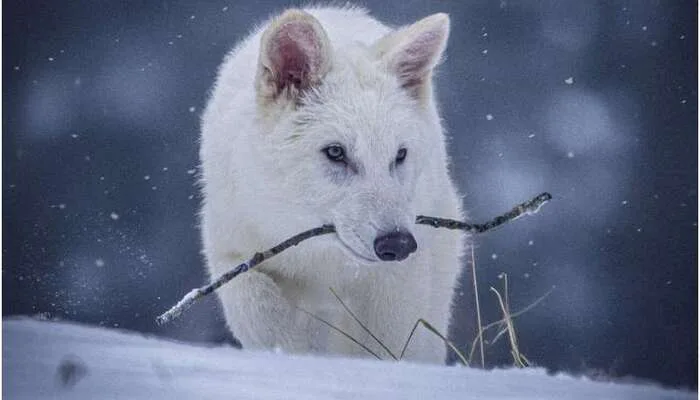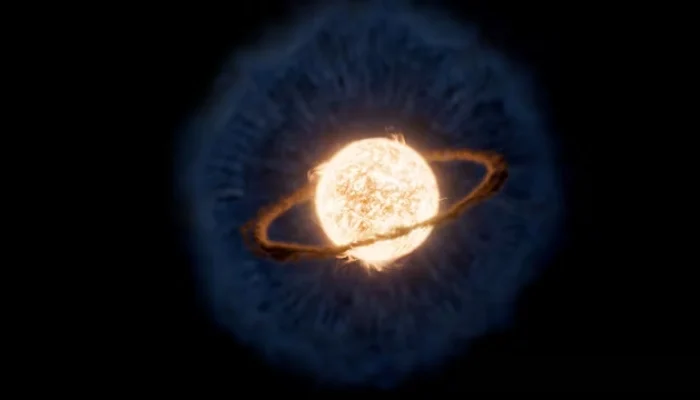Scientists Create Genetically Engineered Wolves That Resemble Dire Wolves

In a striking leap for genetic science, genetically engineered wolves with features resembling the long-extinct dire wolf are now alive and thriving in a secure, undisclosed location in the United States. These young wolves, developed by Colossal Biosciences, showcase traits similar to their prehistoric cousins—long white hair, powerful jaws, and a projected adult weight of 140 pounds.
Reimagining the Dire Wolf
Colossal Biosciences engineered three wolf pups, now between three to six months old, using groundbreaking CRISPR gene-editing technology. Although dire wolves vanished more than 10,000 years ago, researchers believe these new wolves reflect a close physical likeness. However, experts caution that reviving a species is not as simple as recreating its appearance.
“These wolves may look like dire wolves, but they aren’t truly the same,” said Vincent Lynch, a biologist at the University at Buffalo, who is not affiliated with the project. “We’re not bringing them back; we’re making something that looks like them.”
Read: Studio Ghibli AI Art Trend Raises Alarming Data Privacy Concerns
Ancient DNA Sparks Modern Innovation
To begin the process, Colossal scientists analyzed DNA from ancient fossils, including a 13,000-year-old tooth from Ohio and a 72,000-year-old skull from Idaho. These specimens helped identify genetic traits unique to dire wolves.
Using blood cells from a modern gray wolf, the team made 20 precise genetic edits. The altered DNA was inserted into a domestic dog egg, and embryos were implanted into dog surrogates. Sixty-two days later, the genetically engineered pups were born.
Beth Shapiro, Colossal’s chief scientist, emphasized the level of control made possible by CRISPR. “We’re no longer limited by what nature provides—we can choose which traits we want to recreate.”
The Wolves of Today Can’t Hunt Like the Past
While the pups resemble dire wolves in size and structure, their behavior will remain different. Colossal’s animal care director, Matt James, noted that these wolves lack the ancestral experience passed down through generations. “They’ll never learn how to bring down an elk,” he said. “That kind of knowledge is taught by wild parents—not just instincts.”
Cloning Red Wolves to Boost Conservation
In a related breakthrough, Colossal also announced the successful cloning of four red wolves using blood samples from wild animals in the southeastern United States. The red wolf is critically endangered, and this cloning effort aims to increase genetic diversity in the species’ dwindling captive population.
Christopher Preston, a wildlife expert from the University of Montana, sees promise in this technology. He says it could help conserve other species without relying on invasive reproductive techniques. However, he also warned that sedating wild animals for blood samples still poses challenges.
A Debate Over Science and Ethics
Colossal’s CEO Ben Lamm said his team recently discussed the project with the U.S. Interior Department. On social media, Interior Secretary Doug Burgum hailed the development as a “thrilling new era of scientific wonder.”
Still, some scientists remain skeptical. Lynch argued that even if these wolves resemble dire wolves, they cannot fill the same ecological role today. “Ecosystems have changed. We can’t just drop these animals in and expect them to do what their ancestors did,” he said.
Even as science pushes boundaries, the line between revival and recreation remains sharply defined.
Follow us on Google News, Instagram, YouTube, Facebook,Whats App, and TikTok for latest updates











